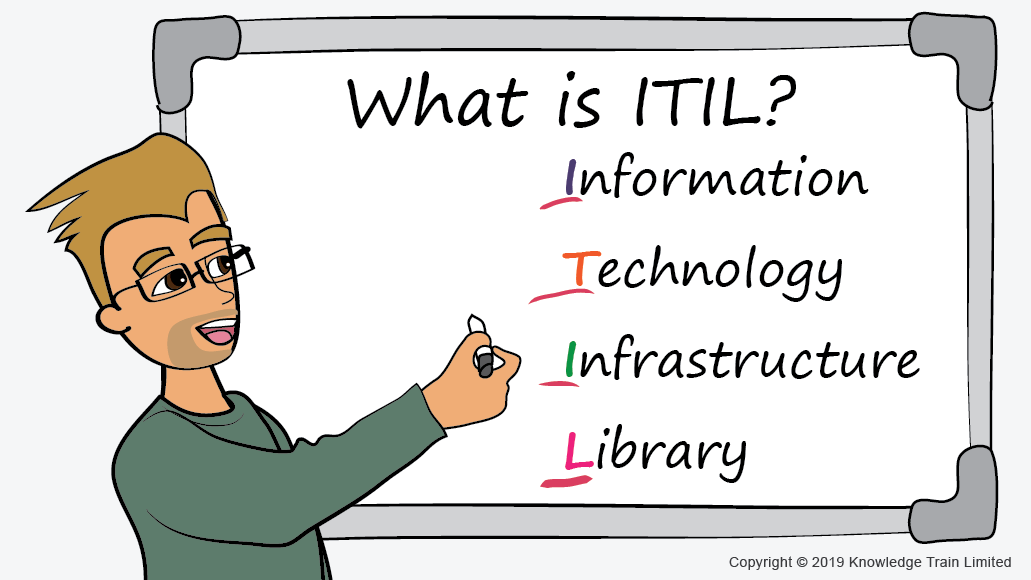What is ITIL®: Free ebook

This article is for people with little or no background knowledge of ITIL. It will help you to understand ITIL, the different levels of ITIL certification, and the kinds of ITIL jobs which are available.
It will help you make a career choice about whether ITIL training is a necessary step in helping you achieve your ideal job in IT service management.
ITIL framework
ITIL, which stands for IT Infrastructure Library, is a best practice framework for managing IT in organisations. ITIL is the predominant IT service management framework in use in the world today.
ITIL as a concept began in 1980s when, in response to a poor level of IT services, the UK government requested a framework for a more efficient and financially responsible use of IT within the government and the private sector.
In the 1990's, ITIL was quickly adopted by government agencies and large corporations, especially in Europe. Since then, ITIL has undergone 2 major revisions. ITIL v3 is the latest and was released in 2007 to incorporate a lifecycle approach to IT service management. That’s the version which we shall describe below.
ITIL has become extremely successful in guiding organisations to manage their IT infrastructure. By doing so, it enables those organisations to deliver benefits and achieve a return on investment to help them compete in an increasingly competitive world.
The goals of ITIL
ITIL sets out to achieve several crucial goals:
- To deliver value for customers through IT services, for example, by improving customer relationships
- To integrate an organisation's IT strategy with its business strategy (and customer needs)
- To optimise IT services, reduce costs and improve performance by monitoring and measuring
- To deliver IT services more effectively by managing IT budgets, risks, knowledge and resources
- To standardise the approach to IT service management across the organisation
- To change the organisation's culture to help achieve ongoing success.
ITIL v3 service lifecycle

Consider the recent trend for workers to work more from home to help foster a better-balanced lifestyle, and to support those with childcare responsibilities. For a corporation to enable one of its workers to do this, it must consider several factors. What computer will the staff be allowed to use? What security factors must be considered? What tools will be required to support off-site working? What monitoring will be required to ensure efficient access? What training in security protocols and/or tools will the staff require?
